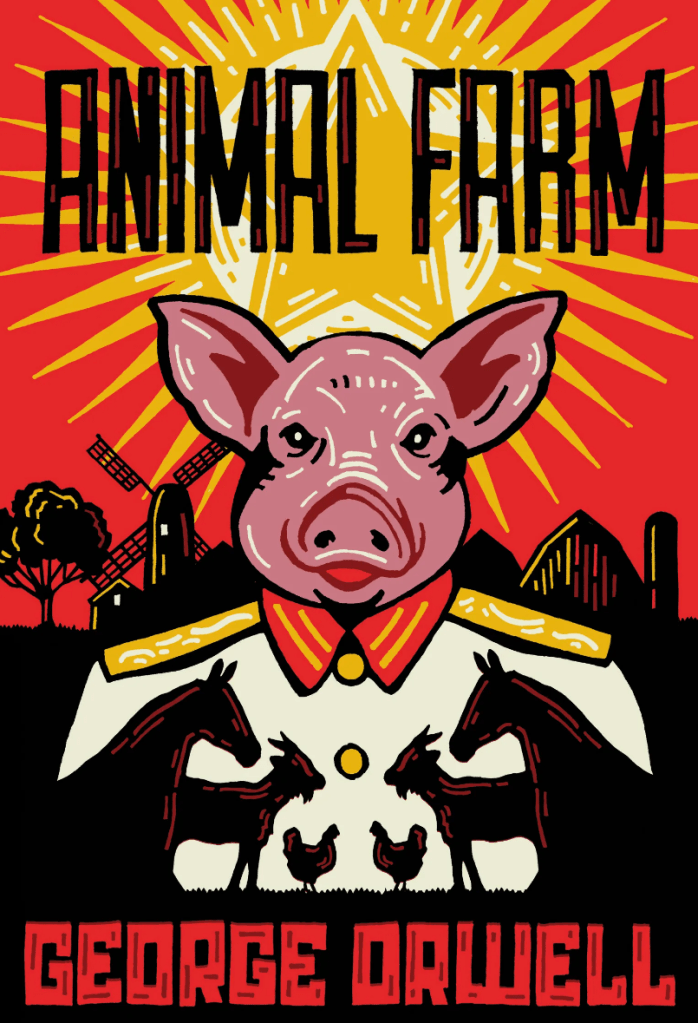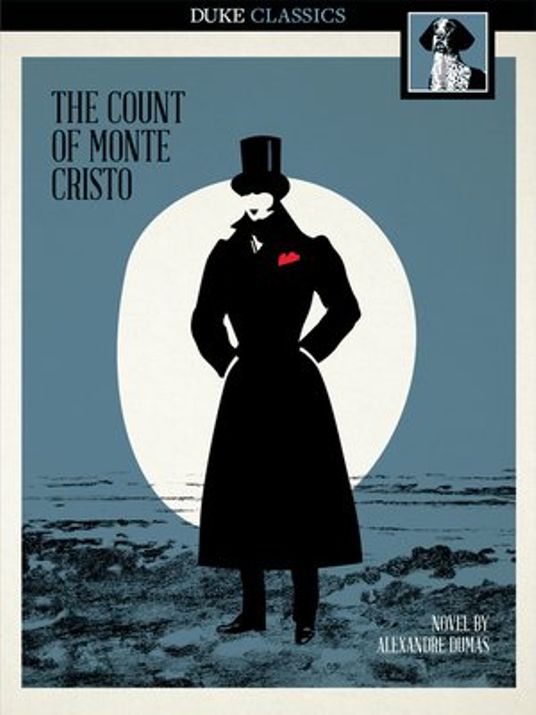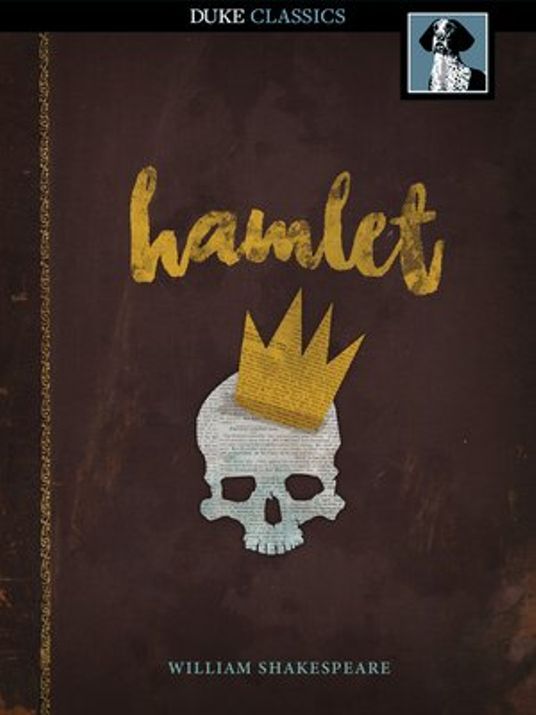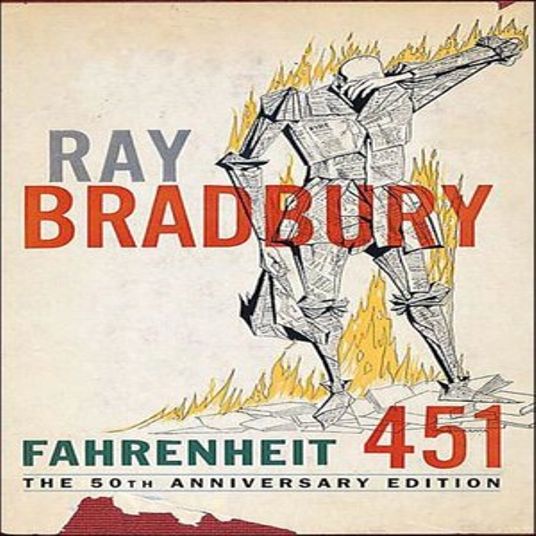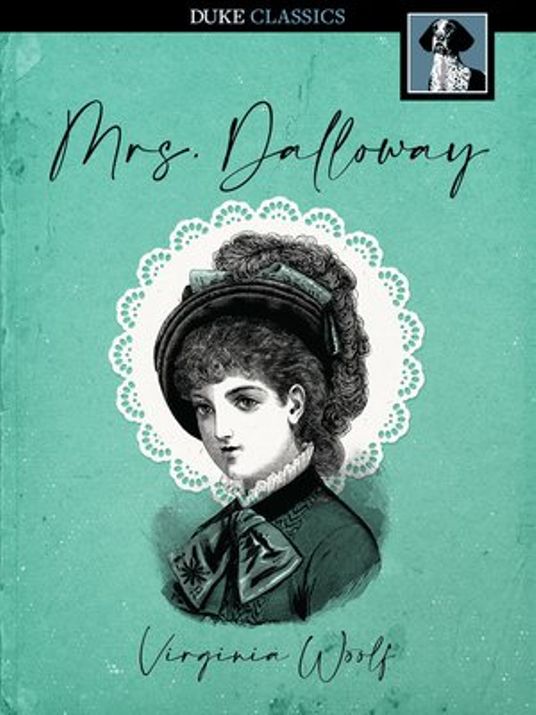
John Lennon, a hit member from the group “The Beatles” was pronounced dead due to Mark Chapman’s assassination. Mark Chapman, a deranged fan of The Catcher in the Rye felt as if he was identical to the main character, Holden Caulfield. Mark Chapman had killed John Lennon because he believed that he was a phony, a huge theme in the book.
The Catcher in the Rye is a book showcasing the main character, Holden Caulfield, wandering around the streets of New York and trying to understand what he wants to do in life. The book is still extremely relevant to people today as it demonstrates teenage emotions in the real world and an extremely realistic picture of someone who has lost something important. Holden Caulfield’s thoughts are all over the place in the book and to some it may feel like a bunch of words on a paper. Though to others, it’s realistic, it’s all of his thoughts as a teenager and it really represents the struggles of just being a teenager in between childhood and adulthood. Holden represents our uneasy feeling of walking off a cliff into becoming an adult and having to leave our childhood behind. Holden represents how us as teens would deal with grief and hardships without any guidance. Holden is a cry for help and he teaches us the truth about how much a guardian really means to someone so young.
Why aren’t we doing anything to stop growing up? Why has everyone turned so fake recently? What are we really meant to do? Many questions similar to these are brought up in the novel and it’s very intriguing and beautiful to watch someone we can all relate to try to figure out the answers. The book is relatable to all people. For those who are teens, it really clicks with you and gives you a sense of connectedness, like you aren’t alone. For those who are older, it brings back those teenage years and will definitely bring back the teenage self that still lives inside of you.
The Catcher in the Rye stands out to me because of all the emotions I went through while reading it and the feeling of realization when I found out that all of his thoughts really meant something and all of the subliminal messages inside of the novel. While re-reading the book you can really see all of his cries for help that you may not have picked up before and all the symbolism you may have brushed off. The Catcher in the Rye gave me a whole new understanding of books and a new perspective on the meanings of books.
So why was John Lennon really assassinated? Was it really because of The Catcher in the Rye? In all honestly, I don’t know. What I do know, however, Mark Chapman feared Lennon’s fame and really believed he was just a huge phony.
The Catcher in the Rye by J. D. Salinger is available for checkout from the Mission Viejo Library. It can also be downloaded for free from Libby.

